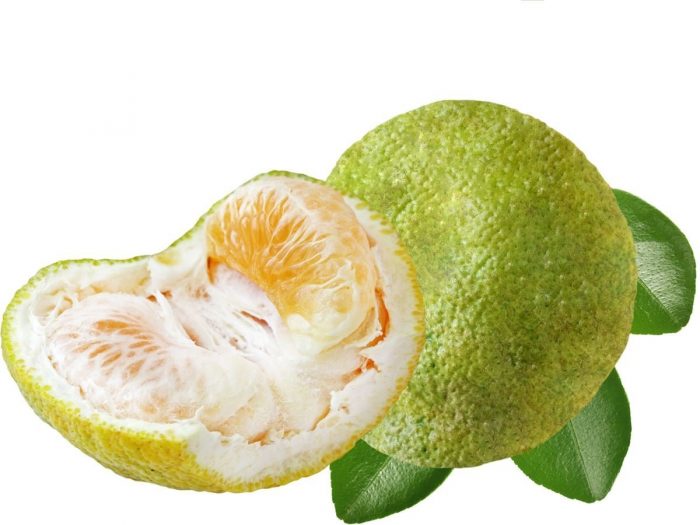Tangelos
A tangelo is a citrus hybrid of mandarin oranges and either a pomelo or a grapefruit. They have a taste similar to a tangerine and are normally easier to peel than normal oranges. They are grown primarily in the United States and are distinctive from other oranges because of a knob or nipple at one end, which is why they sometimes have the nickname “honeybells”.
Nutritional Value of Tangelos
Although they are slightly more difficult to find than normal oranges, tangelos are still very beneficial for health and contribute to a health dose of vitamins and minerals in a daily diet. However, high acidity in tangelos may affect those who have certain gastrointestinal disorders. Tangelos also contain moderate levels of dietary fiber, and small amounts of protein, carbohydrates, and fats.

Mineral Content of Tangelos
In terms of mineral content, tangelos contain modest amounts of calcium,magnesium, phosphorous,copper, and iron, as well as significant levels of potassium(6% of daily requirements in a single serving).
Vitamin Content of Tangelos
The most obvious vitamin component of tangelos isvitamin C (100% of daily requirement), as well as significant levels of B-vitamins, particularly folate. Tangelos also contain pantothenic acid, thiamine,niacin, and riboflavin.
Caloric Content of Tangelos
An average tangelo, which is approximately 110 grams in weight, contains only 70 calories, 10 of which are from fat. This makes tangelos a favored fruit for those trying to watch their weight.
Health Benefits of Tangelos
Tangelos are known for their ability to strengthen the immune system, prevent certain kinds of cancer, lower blood pressure, reduce inflammation, improve digestive health, reduce the risk of asthma, improve cognitive abilities, increase circulation, prevent the onset of diabetes, and build stronger bones.
Comments
Post a Comment